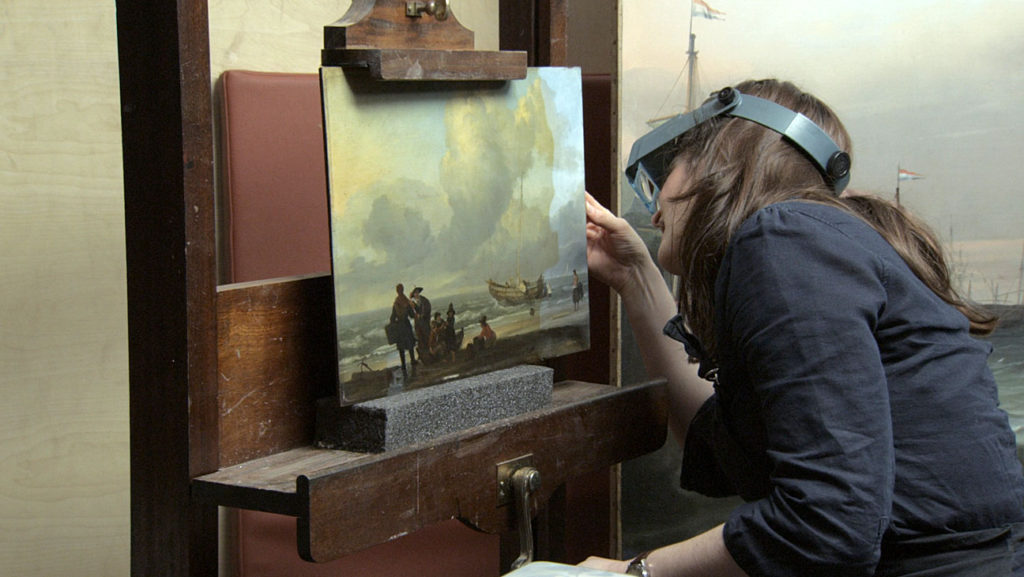Cannes: National Gallery review
 Frederick Wiseman’s astonishing new documentary, National Gallery, opens with two of the staff from the National Gallery in London discussing the role of the institution and the ways the public use it.
Frederick Wiseman’s astonishing new documentary, National Gallery, opens with two of the staff from the National Gallery in London discussing the role of the institution and the ways the public use it.
On one side of the debate is Nicholas Penny, the director of the National Gallery, and on the other is a woman who I can’t so easily identify. Wiseman never provides any on-screen text, or any narration, or any kind of other extraneous exposition. From the conversation and behaviour, the woman appears to be a PR consultant.
Penny listens to her argument that the gallery doesn’t consider the “end user” enough, and while he’s taking on board what she’s saying, he doesn’t seem entirely convinced. Penny later also baulks at the idea of projecting images onto the National Gallery in coincidence with a Sport Relief event. Apart from a few understandable grievances, he just seems to feel that these PR ideas are a little distasteful and not in keeping with what the National Galley is really about.
But what is the National Gallery really about? What does this institution represent? Unsurprisingly, Wiseman’s dissection of this grand institution doesn’t offer a simple answer.
The director eavesdrops on a number of inner-circle meetings about the running of the gallery, but it’s ultimately though the assemblage of multiple other viewpoints that the film’s greatest insights begin to coalesce. Large parts of the film are taken up with public presentations inside the gallery, often talks about the various ways in which visitors might experience the art. Perhaps the most notable is when a group of blind visitors are guided through touch versions of famous paintings.
It’s through these scenes that Wiseman builds and combines notions of how art can speak to people in a variety of different ways. It’s important that we see the general public absorbed in these talks and also the art itself – even though Wiseman does grab a few shots of sleeping visitors, too.
We return to Nicholas Penny late in the film as he discusses a painting that he feels rather conflicted about while remaining rather fond of. The most noteworthy point he takes time to underline is that this painting was made for the elite, not for the common man, and is packed full of insider knowledge. This is art at its most elitist.
Wiseman skillfully returns us to this prior discussion point without any explicit commentary or signposting, allowing the audience to navigate the arguments for themselves. It’s a magnificent work of subtle, intricate juxtapositions.
National Gallery is full to bursting with interesting themes, adpetly interwoven, and like the gallery itself, the film feels so rich and informative that you could return to it again and again and always see something new.